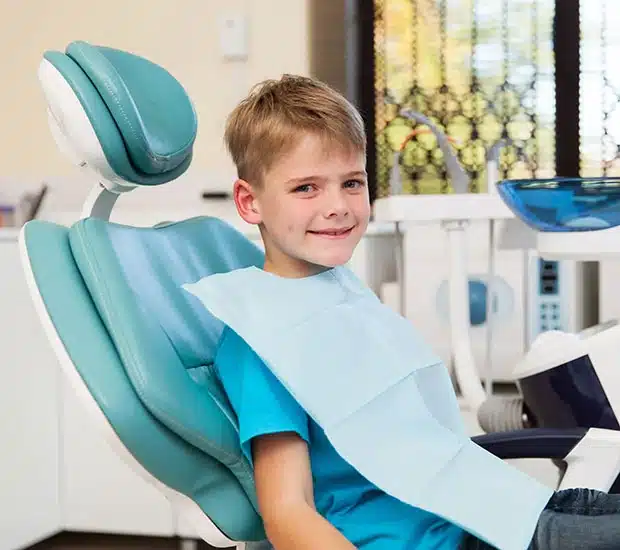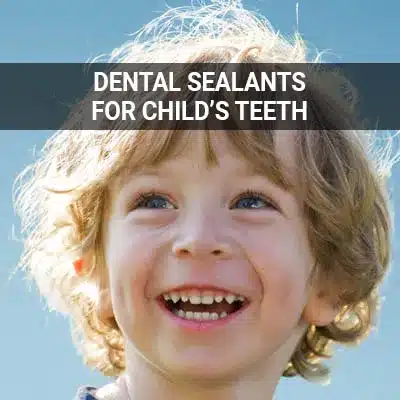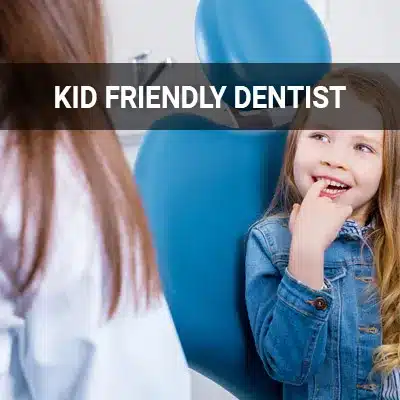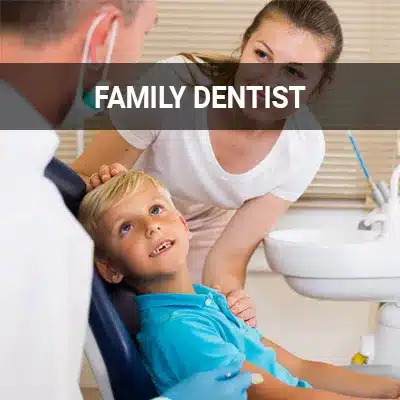
Early Orthodontic Treatment, Glendale AZ
Younger children sometimes show signs of an orthodontic issue. It is important to consider possible orthodontic options for smaller patients. Phase 1 orthodontics are early orthodontics treatment options for juveniles who do not have their permanent adult teeth yet.
Early orthodontics are available at Singh Smile Care - Dentist Glendale, AZ in Glendale AZ and the surrounding area. The providers at our office can evaluate young children for potential orthodontic issues. Early intervention may benefit children who may have complex bite or orthodontic issues and prevent more extensive dental treatments later on.
Child orthodontics treatment may require a two-phased approach, starting as early as age 7 to correct some issues. Our team can help you determine if your child needs early orthodontic treatment. Call us at (623) 400-6009 to find out if your child should be evaluated for early orthodontics treatment.

Early Orthodontic Problems and Their Causes
When children still have their baby teeth, they may show signs of needing early orthodontic interventions to correct certain problems. Children with extra teeth or exceptionally crowded teeth may be candidates for early treatment. Teeth that are excessively spaced out may also be a sign that early orthodontics could be beneficial.
Besides the spacing and positioning of the teeth, early orthodontics may also benefit children with bite problems. An underbite, where the lower teeth jut out further from the upper teeth, and a crossbite, where the jaw appears to shift to the side, may be successfully treated with early orthodontics. Genetics is the most common reason why a young child may have a bite problem, but some of these problems may be linked to thumb-sucking, prolonged pacifier use, or bottle use.
When children still have their baby teeth, they may show signs of needing early orthodontic interventions to correct certain problems.
Phase 1 of Treatment
During phase 1 treatment, the orthodontist may use a variety of dental appliances to help align the patient's teeth. Phase 1 treatment usually occurs when the child still has their baby teeth. There are also some early orthodontics treatments that use braces during phase 1.
The orthodontist may use space maintainers or spacers to help space out crowded teeth. Expanders are also used during some phase 1 treatment plans to help gently expand the palate. Phase 1 treatment may also consist of appliances such as headgear, retainers, and braces to guide the jawbone and permanent teeth growth into a better position.
Phase 1 treatment may also consist of appliances such as headgear, retainers, and braces to guide the jawbone and permanent teeth growth into a better position.
Treatment Timeline
According to the American Association of Orthodontists, children should see an orthodontist by age 7. Phase 1 orthodontics typically begins around age 6 and up to age 9. This treatment phase may last between nine and 18 months, depending on the severity and specifics of the child's bite or teeth alignment problems.
This treatment phase may last between nine and 18 months, depending on the severity and specifics of the child’s bite or teeth alignment problems.
Moving Onto Phase 2 of Treatment
After completing phase 1, the next step is phase 2 orthodontic treatment. Singh Smile Care - Dentist Glendale, AZ carefully evaluates each patient's progress during phase 1 before transitioning to the next step. Here is what happens during phase 2 of an early orthodontic treatment plan:
- Resting. Some patients may need to enter a resting phase before starting phase 2. During this step, the patient may need to only wear a retainer and have monitoring appointments. When the teeth are in the resting stage, the orthodontist will not place new dental appliances or braces.
- Straightening. Then, the child is ready for braces. Our staff places the wires, bands, and brackets onto the child’s teeth during an appointment. This stage may take between 12 and 24 months.
- Monitoring. Throughout the phase 2 treatment, the patient must come in for regular monitoring appointments. During an appointment, the dental provider will check the patient’s progress and may make adjustments. Once treatment is done, the orthodontist may recommend wearing a retainer to keep the teeth in alignment.
Some patients may need to enter a resting phase before starting phase 2.
Questions Answered on This Page
Q. What causes early orthodontic problems?
Q. What happens during phase 1 of treatment?
Q. What are the phases of treatment?
People Also Ask
Q. What are the differences between Invisalign and traditional braces?
When To Postpone Treatment Until Phase 2
If the child has already lost most of their baby teeth, it may be better to opt for phase 2 treatment only.








